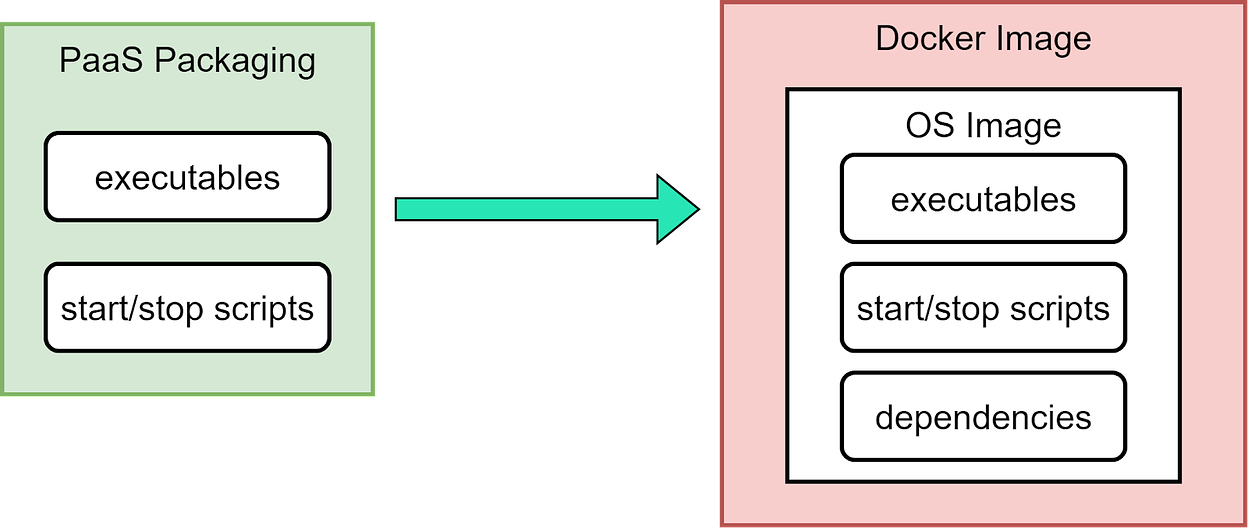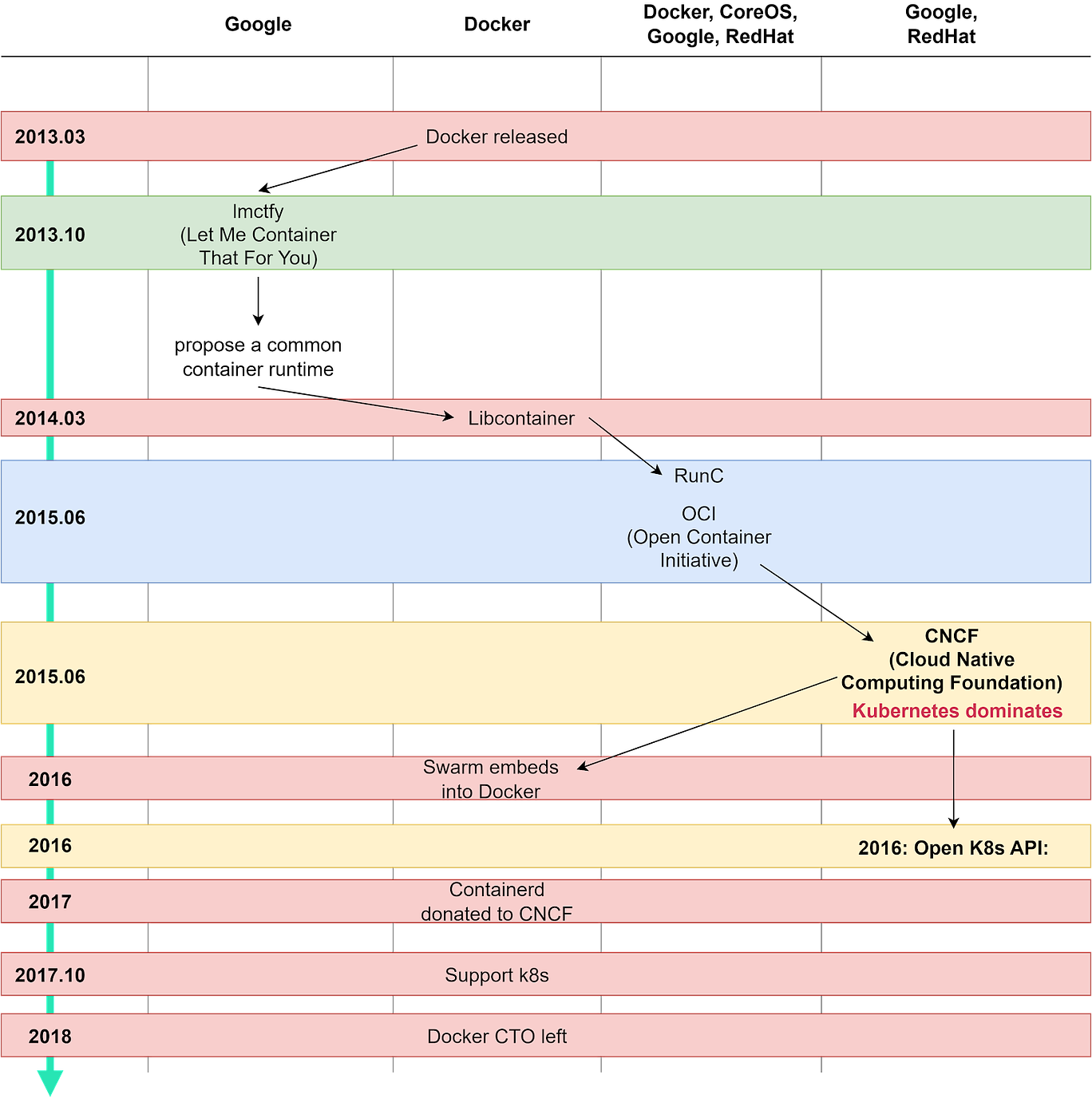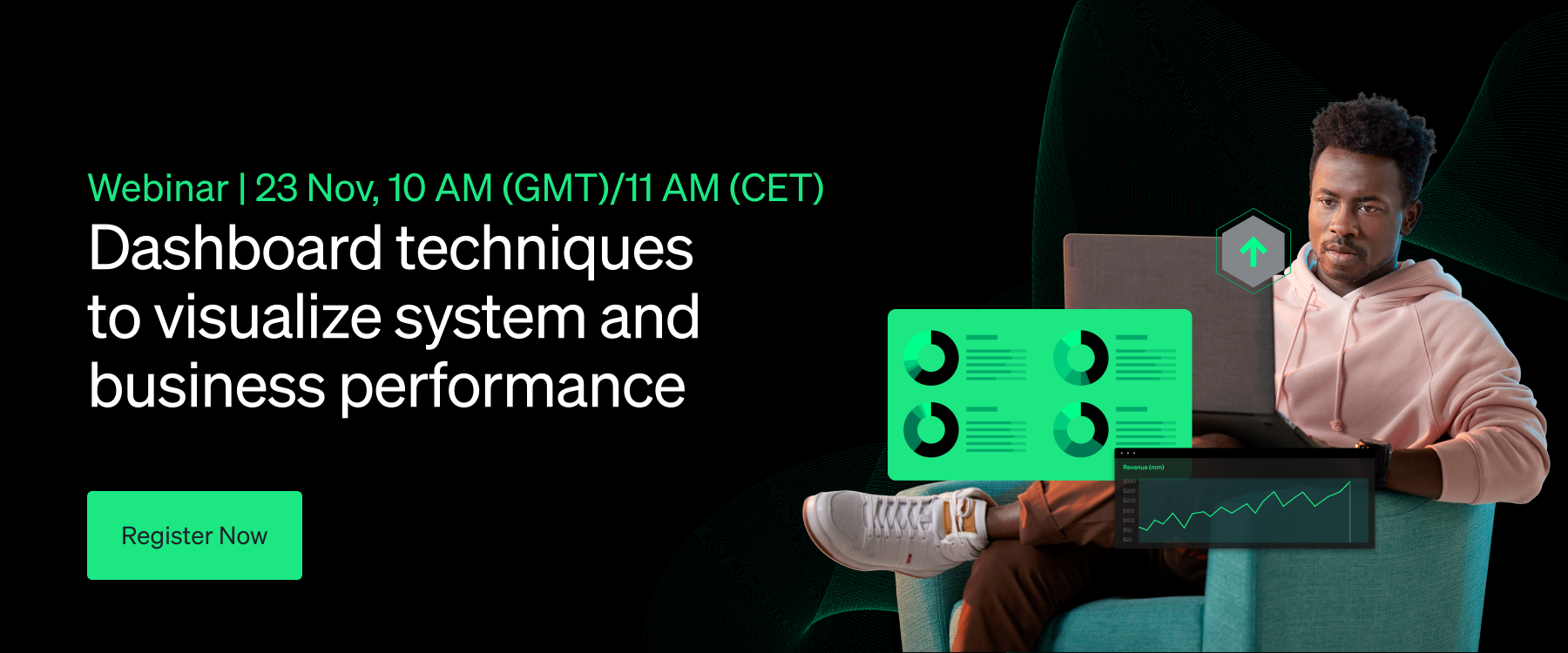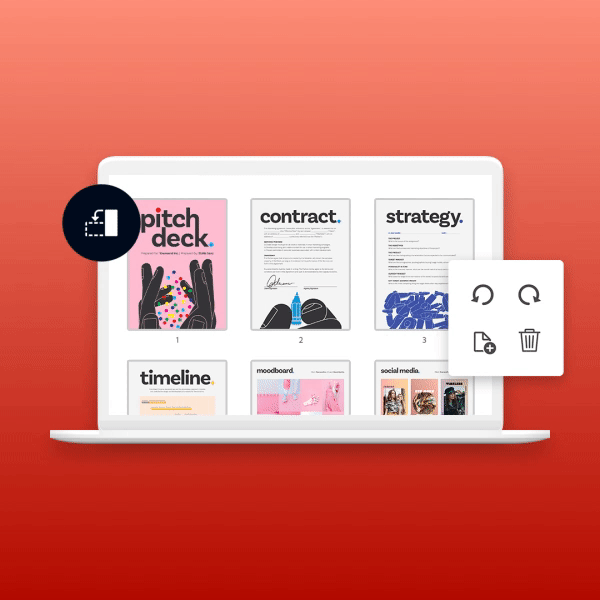Archives
- By thread 5363
-
By date
- June 2021 10
- July 2021 6
- August 2021 20
- September 2021 21
- October 2021 48
- November 2021 40
- December 2021 23
- January 2022 46
- February 2022 80
- March 2022 109
- April 2022 100
- May 2022 97
- June 2022 105
- July 2022 82
- August 2022 95
- September 2022 103
- October 2022 117
- November 2022 115
- December 2022 102
- January 2023 88
- February 2023 90
- March 2023 116
- April 2023 97
- May 2023 159
- June 2023 145
- July 2023 120
- August 2023 90
- September 2023 102
- October 2023 106
- November 2023 100
- December 2023 74
- January 2024 75
- February 2024 75
- March 2024 78
- April 2024 74
- May 2024 108
- June 2024 98
- July 2024 116
- August 2024 134
- September 2024 130
- October 2024 141
- November 2024 171
- December 2024 115
- January 2025 216
- February 2025 140
- March 2025 220
- April 2025 233
- May 2025 239
- June 2025 303
- July 2025 176
-
79 Engineering Blogs To Level Up Your System Design Skills
79 Engineering Blogs To Level Up Your System Design Skills
Manage GraphqQL APIs Using the Postman GraphQL client (Sponsored) The Postman GraphQL client offers a simple yet powerful way to work with GraphQL APIs. With Postman's GraphQL client, you can: Explore GraphQL schemas easily Create code-ready queries Forwarded this email? Subscribe here for moreManage GraphqQL APIs Using the Postman GraphQL client (Sponsored)
The Postman GraphQL client offers a simple yet powerful way to work with GraphQL APIs.
With Postman's GraphQL client, you can:
Explore GraphQL schemas easily
Create code-ready queries
View and analyze responses
Leverage pre-configured code snippets to quickly author tests for any GraphQL request
79 Engineering blogs to level up your system design skills
Many people have asked me about good engineering blogs. Here is my list of favorites and a more comprehensive list.
My personal favorite
The complete list
Here is a list of engineering blogs from well-known large companies and startups. Please let us know if we have missed anything.
Latest articles
If you’re not a subscriber, here’s what you missed this month.
The 6 Most Impactful Ways Redis is Used in Production Systems
The Tech Promotion Algorithm: A Structured Guide to Moving Up
To receive all the full articles and support ByteByteGo, consider subscribing:
Like
Comment
Restack
© 2023 ByteByteGo
548 Market Street PMB 72296, San Francisco, CA 94104
Unsubscribe
by "ByteByteGo" <bytebytego@substack.com> - 11:36 - 14 Nov 2023 -
Those with disabilities often face barriers to healthcare. What practices could help?
On Point
Why the disability data gap persists
by "McKinsey On Point" <publishing@email.mckinsey.com> - 01:06 - 14 Nov 2023 -
โอกาสสุดท้ายในการลงทะเบียนสัมมนาออนไลน์! Universal Automation - the missing link for Industry 4.0
Schneider Electric
เข้าร่วมการสัมมนาผ่านเว็บในวันที่ 21 พ.ย. นี้โอกาสสุดท้ายในการลงทะเบียนสัมมนาออนไลน์!ต้องการสร้างแอปพลิเคชันอัตโนมัติที่เป็นอิสระจากฮาร์ดแวร์หรือไม่
Universal Automation เป็นองค์กรอิสระที่ไม่แสวงหาผลกำไรที่สนับสนุนและส่งเสริมโลกของแอปพลิเคชันอุตสาหกรรม Plug & Produce โดยที่ส่วนประกอบซอฟต์แวร์ที่ไม่ขึ้นกับผู้ขายที่ได้รับการพิสูจน์แล้วและใช้งานจริงถูกรวมเข้าด้วยกันเพื่อให้เกิดกรณีการใช้งานขั้นสูงในราคาประหยัดและยั่งยืน เชื่อมโยงไอทีและโอที และปลดปล่อยอุตสาหกรรมดิจิทัลเต็มรูปแบบ
เข้าร่วมการอภิปรายสดของเรากับ UniversalAutomation.org (UAO) และผู้เชี่ยวชาญจาก Cargill และ Gr3n เพื่อเรียนรู้เกี่ยวกับภารกิจขององค์กร และรับฟังประสบการณ์จริงและกรณีการใช้งานจากผู้นำทางอุตสาหกรรมในการเดินทางสู่อุตสาหกรรม 4.0 ที่แท้จริง 2:00-3:00pm (UTC+7)วันอังคารที่ 21 พฤศจิกายน 2023
2:00-3:00pm (UTC+7)วันอังคารที่ 21 พฤศจิกายน 2023 Webex Applicationการสัมมนาผ่านเว็บจะนำเสนอเป็นภาษาอังกฤษ
Webex Applicationการสัมมนาผ่านเว็บจะนำเสนอเป็นภาษาอังกฤษ+ Lifecycle Services From energy and sustainability consulting to optimizing the life cycle of your assets, we have services to meet your business needs. Schneider Electric
46 Rungrojthanakul Building. 1st, 10th, 11th Floor, Ratchadapisek Road. Huaykwang
Bangkok - 10310, Thailand
Phone +662 617 5555© 2023 Schneider Electric, All Rights Reserved. Schneider Electric trademarks are owned by Schneider Electric or its affiliated companies in the United States and other countries. All other trademarks are property of their respective owners.
by "Schneider Electric" <reply@se.com> - 10:01 - 13 Nov 2023 -
[Digital event] Game-Changing Adobe MAX Announcements — 29 Nov
Adobe
Don't miss exclusive demos and product announcements
Game-Changing Adobe MAX Announcements for Smarter Workflows
Wednesday, 29 November, 2023
3.00pm AEDT | 12.00pm SGT | 9.30am ISTThe annual creativity conference Adobe MAX unveils powerful technological advancements and breakthrough visions for creativity across industries. Whether you attended Adobe MAX on-site in Los Angeles, caught a few sessions online, or missed this year’s live event altogether, be sure to join us for a recap, discussion, and celebration of the most important, game-changing Adobe MAX 2023 announcements.
Webinar highlights:- Engage with Adobe MAX exclusive demos and product announcements including Adobe Firefly
- Learn how to leverage Adobe ecosystem updates to create actionable improvement in your 3D, video collaboration, marketing, and design work
- Contribute ideas around how to implement them into best practices and industry-standard workflows
Creativity for all.Adobe and the Adobe logo are either registered trademarks or trademarks of Adobe in the United States and/or other countries. This is not a comprehensive list of all Adobe trademarks. For a full list, refer to the Adobe List of Trademarks. All other trademarks are the property of their respective owners.
By clicking on some of the links in this email, you might be redirected to forms that will be pre-populated with your contact information.
This is a marketing email from Adobe Systems Software Ireland Limited, 4‑6 Riverwalk, Citywest Business Park, Dublin 24, Ireland.
Click here to unsubscribe or send an unsubscribe request to the postal address above. Please review the Adobe Privacy Policy:
Australia
New Zealand
Indonesia
Malaysia
Philippines
Vietnam
Singapore
India
Hong Kong
Thailand
To ensure email delivery, add demand@info.adobe.com to your address book, contacts, or safe sender list.
If you have a privacy-related complaint, send it to: privacy@adobe.com
View in browser
by "Adobe Creative Cloud for Business" <demand@info.adobe.com> - 09:04 - 13 Nov 2023 -
Wide Range of GPS tracking software products that are easy to white-label and customize for your business needs
Wide Range of GPS tracking software products that are easy to white-label and customize for your business needs
Telematics solutions that will supercharge your businessDynamic GPS tracking software products that are easy to white-label and customize for your business needs.


Fleet Management
Monitor your drivers, track your vehicles, save money on fuel,
and much more!

School Bus Tracking
SmartBus guarantees the safety
of students — from the first
stop to the last.

Waste Collection Monitoring
A solution that’s convenient for citizens, flexible for collectors, and innovative for managers!


Transport Monitoring
Manage the supply chain and cut costs on outings, dispatching warehousing
and routing.
Uffizio Technologies Pvt. Ltd., 4th Floor, Metropolis, Opp. S.T Workshop, Valsad, Gujarat, 396001, India
by "Uffizio Software Technologies Pvt Ltd" <sunny.thakur@uffizio.com> - 07:00 - 13 Nov 2023 -
Time is Running Out: Sign Up for the AI and HPC oneAPI DevSummit.
Coming Dec 4-6: Take a deep dive into AI and HPC at this oneAPI DevSummit.
Immerse yourself in this free two-day virtual event focused on cross-platform development and future technologies.
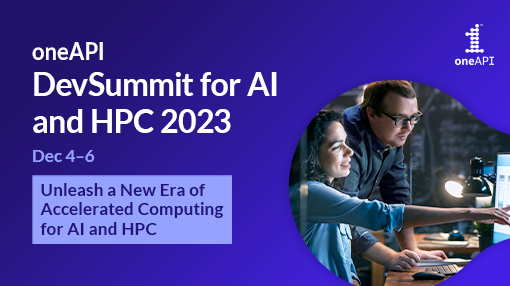


Onboarding Day: December 4, 9:00am – 10:30am CT
AI: December 5, 9:00am – 5:00pm CT
HPC: December 6, 9:00am – 3:30pm CTRegister now 
Are you a researcher, data scientist, or developer looking to build AI applications that seamlessly scale cross-architecture and edge-to-cloud? Perhaps you have an existing AI or HPC-based application and want to learn how oneAPI can help you quickly and efficiently optimize it for your hardware of choice?
If the answer is yes, join renowned industry experts for a deep dive into oneAPI cross-architecture software development spanning:
- AI and analytics using industry-standard frameworks and tools, performance-optimized by oneAPI
- What’s new with oneAPI, including the Intel® AI Analytics and HPC Toolkits
- Overviews of key performance analysis tools, including how to use them and where to get them
- The latest on the oneAPI specification
- Hands-on workshops
We hope to see you there!
Register now 





If you forward this email, your contact information will appear in any auto-populated form connected to links in this email.
This was sent to info@learn.odoo.com because you are subscribed to Events & Tradeshows. To view and manage your marketing-related email preferences with Intel, please click here.
© 2023 Intel Corporation
Intel Corporation, 2200 Mission College Blvd., M/S RNB4-145, Santa Clara, CA 95054 USA. www.intel.comPrivacy | Cookies | *Trademarks | Unsubscribe | Manage Preferences
by "Intel Developer Zone" <intel@plan.intel.com> - 11:28 - 13 Nov 2023 -
Join our exclusive webinar on streamlining contractor management with Remote 💥
Join our exclusive webinar on streamlining contractor management with Remote 💥
Have you registered yet?
As a reminder, our special webinar on Streamlining Contractor Management is coming up on November 15 at 3:30 PM UTC | 11.30 AM EST.
What’s exciting about this webinar?
- Our in-house contractor management experts will share the latest product developments.
- Provide a sneak peek into the Remote roadmap.
- Discuss best practices and developments.
- A beloved customer will share their success story about transitioning from home-grown systems to Remote.
- Discuss the significant difference Remote has made in managing their contractor workforce.
Can’t make the date?
Register for the webinar and we’ll send you the session recording after the event.
See you there,
Team Remote
Need Help?
We're Here for You!
Search over 1,500 articles, visit our Help Center.

Live Chat for direct help inside your Remote dashboard.

Prefer a personal touch? Schedule a call with an expert.





You received this email because you are subscribed to Conferences & Events from Remote Europe Holding, B.V
Update your email preferences to choose the types of emails you receive.
Unsubscribe from all future emailsRemote Europe Holding, B.V
Copyright © 2023 All rights reserved.
Apollolaan 151 Unit 439 Amsterdam The Netherlands 1077AR
by "Remote" <hello@remote-comms.com> - 07:00 - 13 Nov 2023 -
View from the top: A leader’s guide to building a dream team
Stand by me Brought to you by Liz Hilton Segel, chief client officer and managing partner, global industry practices, & Homayoun Hatami, managing partner, global client capabilities
The role of chief of staff (COS) originated in government and the military, but it is becoming increasingly common in the business world. The people in this role are not to be confused with personal assistants—rather, they are trusted guides and confidants who can help improve senior leaders’ efficiency, productivity, and problem-solving skills. “The role’s raison d’être is always to enable the principal—typically a CEO but increasingly other C-suite members—to execute their mission,” note McKinsey senior partner Andrew Goodman and coauthors in an article on eight practical actions that can help a COS excel in the role. For example, it’s important to exert influence without playing politics: “The COS has to master a delicate balancing act of being part of the leadership team while retaining independence from it,” caution the authors.
That’s McKinsey senior partner Aaron De Smet and colleagues on how strong leadership teams can boost a company’s growth—while weak teams can do just the opposite. Among company transformations that fail, about a third do so because of leadership behaviors that don’t support the desired changes. “Significant opportunity exists to improve behaviors associated with team effectiveness,” suggest the McKinsey experts. For example, effective teams are likely to align on values, priorities, and ways of working together. Yet while leadership teams agree that such alignment is crucial, only 60 percent of organizations’ team members say that it actually happens.
Building resilience is a high priority for today’s organizations—and creating diversity at the board level can help. “There are no longer any reasons for bottlenecks in increasing diversity,” says Nicolai Tangen, CEO of Norwegian sovereign wealth fund NBIM, in a conversation with McKinsey senior partner Frithjof Lund. NBIM has set clear expectations for the board diversity of its portfolio companies; Tangen believes that diverse perspectives encourage creativity, innovation, and better decision making. “We have started to vote against companies that do not meet the expected levels of diversity,” he says. In a study led by McKinsey senior partner Celia Huber, respondents emphasize the value of diverse backgrounds, experiences, and career paths. “To my mind, it’s a little bit like assembling an orchestra,” says a CEO. “I know I need a bunch of different instruments; whether I have three of one and two of the other—that misses the point. It’s about how all of the instruments blend together.”
In the style of play known as “total football,” all the players ideally possess all the skills that the game requires, allowing for maximum tactical flexibility. The same principle applies to world-class leadership teams, in the view of David Kirk, cofounder of Bailador Technology Investments and a former rugby champion. Mastery of a variety of skills enables individual team members to be both specialists and generalists, says Kirk. “High-performing team members generalize their attitude to team performance. They feel responsible for their performance, for others’ performance, and for team performance. They become leaders.”
Lead by forming strong teams.
— Edited by Rama Ramaswami, senior editor, New York
Share these insights
Did you enjoy this newsletter? Forward it to colleagues and friends so they can subscribe too. Was this issue forwarded to you? Sign up for it and sample our 40+ other free email subscriptions here.
This email contains information about McKinsey’s research, insights, services, or events. By opening our emails or clicking on links, you agree to our use of cookies and web tracking technology. For more information on how we use and protect your information, please review our privacy policy.
You received this email because you subscribed to the Leading Off newsletter.
Copyright © 2023 | McKinsey & Company, 3 World Trade Center, 175 Greenwich Street, New York, NY 10007
by "McKinsey Leading Off" <publishing@email.mckinsey.com> - 02:06 - 13 Nov 2023 -
It’s tough for companies to grow. One C-suite partnership is especially important.
On Point
Getting the CEO–CMO relationship right Brought to you by Liz Hilton Segel, chief client officer and managing partner, global industry practices, & Homayoun Hatami, managing partner, global client capabilities
•
C-suite collaboration. In an uncertain economy, some marketing leaders are being asked to produce quick wins from their brand-building campaigns. Since running an effective campaign can take multiple years, marketing chiefs need to manage expectations up front, a global beauty company’s CMO says. Success in marketing takes good communication and teamwork among C-suite leaders; however, as one finance chief notes, referencing a recent survey, only 37% of CMOs think it’s important to develop a better relationship with the CFO. [Raconteur]
•
Partnering for growth. It’s tough for many companies to grow. Prior McKinsey research has found that roughly 25% of companies don’t grow at all. To understand what’s happening inside the C-suites of high- and low-growth companies, we surveyed and spoke with about 100 marketing leaders and 21 CEOs. The relationship between CEOs and CMOs, particularly how CEOs and CMOs both define marketing’s role in shaping growth strategy, is highly correlated to their companies’ performance, McKinsey senior partner Marc Brodherson and coauthors reveal.
— Edited by Belinda Yu, editor, Atlanta
Introducing Insights to Impact
Be among the first to subscribe to this free newsletter delivering a weekly roundup of analysis that’s influencing decision makers. Each Friday, we’ll offer insights across geographies, industries, and capabilities to help leaders identify new opportunities to spur innovation and growth, sustainably.
Click to subscribeThis email contains information about McKinsey's research, insights, services, or events. By opening our emails or clicking on links, you agree to our use of cookies and web tracking technology. For more information on how we use and protect your information, please review our privacy policy.
You received this email because you subscribed to the On Point newsletter.
Copyright © 2023 | McKinsey & Company, 3 World Trade Center, 175 Greenwich Street, New York, NY 10007
by "McKinsey On Point" <publishing@email.mckinsey.com> - 01:24 - 13 Nov 2023 -
The week in charts
The Week in Charts
Alternative seafood, wealth fintech in Asia–Pacific, and more Share these insights
Did you enjoy this newsletter? Forward it to colleagues and friends so they can subscribe too. Was this issue forwarded to you? Sign up for it and sample our 40+ other free email subscriptions here.
This email contains information about McKinsey's research, insights, services, or events. By opening our emails or clicking on links, you agree to our use of cookies and web tracking technology. For more information on how we use and protect your information, please review our privacy policy.
You received this email because you subscribed to The Week in Charts newsletter.
Copyright © 2023 | McKinsey & Company, 3 World Trade Center, 175 Greenwich Street, New York, NY 10007
by "McKinsey Week in Charts" <publishing@email.mckinsey.com> - 03:13 - 11 Nov 2023 -
Using probability to boost your strategy’s odds of success
Embrace uncertainty? Certainly. Brought to you by Liz Hilton Segel, chief client officer and managing partner, global industry practices, & Homayoun Hatami, managing partner, global client capabilities
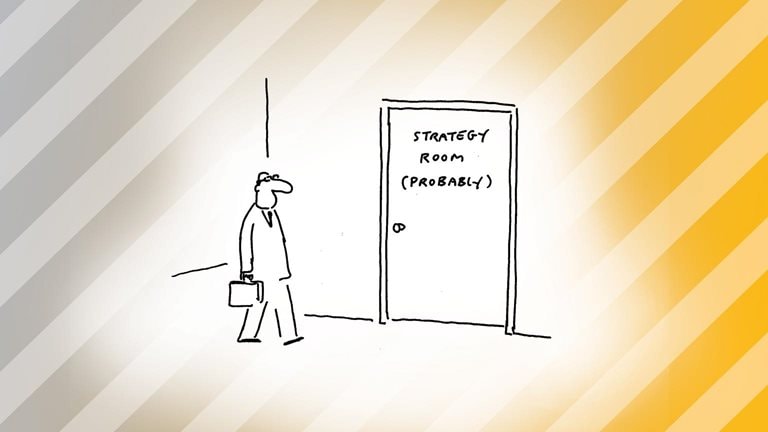
How your company’s strategy can beat the odds by embracing uncertainty
In business, as in life, uncertainty abounds. And companies today face uncertainty in spades: climate risks, economic shocks, disruptive technologies. Yet even when confronted with this volatile reality, companies still craft strategies that account for just one version of the future—and then hope for the best. A successful strategy heads off uncertainty at the pass by embracing the notion of probability.
Knowing your odds of success before you launch a strategy can go a long way to ensuring how well you execute it. That starts with three key buckets: the capital you start off with, the trends your industry is facing, and the big strategic moves you plan to take. Benchmarking in these areas against the best-performing companies can help you more accurately assess your probability—and increase the odds that your strategy will succeed.
“Uncertainty is the very reason we need strategy,” write the authors of this 2018 classic, and uncertainty isn’t going away anytime soon. To learn how to maximize your odds with certainty and secure your strategy’s success, read Chris Bradley and Sven Smit’s “How to confront uncertainty in your strategy.”Get a grip on uncertainty 


Share these insights
Did you enjoy this newsletter? Forward it to colleagues and friends so they can subscribe too. Was this issue forwarded to you? Sign up for it and sample our 40+ other free email subscriptions here.
This email contains information about McKinsey's research, insights, services, or events. By opening our emails or clicking on links, you agree to our use of cookies and web tracking technology. For more information on how we use and protect your information, please review our privacy policy.
You received this email because you subscribed to our McKinsey Classics newsletter.
Copyright © 2023 | McKinsey & Company, 3 World Trade Center, 175 Greenwich Street, New York, NY 10007
by "McKinsey Classics" <publishing@email.mckinsey.com> - 01:12 - 11 Nov 2023 -
EP85: Like LeetCode, but for improving debugging skills
EP85: Like LeetCode, but for improving debugging skills
This week’s system design refresher: How Big Tech Ships Code to Production (Youtube video) SadServers, like LeetCode, but for debugging issues on a Linux box Top 9 HTTP Request Methods The Software Engineer's Guidebook Log Parsing Cheat Sheet How to become a technical founder VCs love investing in (Sponsored) Forwarded this email? Subscribe here for moreThis week’s system design refresher:
SadServers, like LeetCode, but for improving debugging skills
How Big Tech Ships Code to Production (Youtube video)
Top 9 HTTP Request Methods
The Software Engineer's Guidebook
Log Parsing Cheat Sheet
How to become a technical founder VCs love investing in (Sponsored)
Engineers like you make some of the best startup founders but struggle when it comes to raising money.
To help future founders like you, I’ve created a guide to becoming that sought after technical founder that VCs LOVE to invest in.
It includes:
📋 8 step-by-step project plans (no thinking, just doing)
👨🏻 15 video explainers
✍️ Copywriting templates
The retail price is $287 but I’m offering it for FREE to ByteByteGo readers who use the code ‘byte287’
(btw - who am I?) My name’s Jason Yeh. I studied compsci before working in Venture Capital and raising millions as a founder. I’ve helped founders around the world raise over $250MM (@jayyeh and my newsletter, and admnt.com).
SadServers, like LeetCode, but for improving debugging skills
One of the best ways to learn is to debug real problems. I recently discovered an interesting site built by Fernando Duran. It's similar to LeetCode, but focuses on improving developers debugging skills. I hope you find it useful. You can check it out here.
How Big Tech Ships Code to Production
Top 9 HTTP Request Methods
GET, POST, PUT... Common HTTP “verbs” in one figure.
HTTP GET
This retrieves a resource from the server. It is idempotent. Multiple identical requests return the same result.HTTP PUT
This updates or Creates a resource. It is idempotent. Multiple identical requests will update the same resource.HTTP POST
This is used to create new resources. It is not idempotent, making two identical POST will duplicate the resource creation.HTTP DELETE
This is used to delete a resource. It is idempotent. Multiple identical requests will delete the same resource.HTTP PATCH
The PATCH method applies partial modifications to a resource.HTTP HEAD
The HEAD method asks for a response identical to a GET request but without the response body.HTTP CONNECT
The CONNECT method establishes a tunnel to the server identified by the target resource.HTTP OPTIONS
This describes the communication options for the target resource.HTTP TRACE
This performs a message loop-back test along the path to the target resource.
Over to you: What other HTTP verbs have you used?
Latest articles
If you’re not a paid subscriber, here’s what you missed this month.
The 6 Most Impactful Ways Redis is Used in Production Systems
The Tech Promotion Algorithm: A Structured Guide to Moving Up
To receive all the full articles and support ByteByteGo, consider subscribing:
The Software Engineer's Guidebook
It is great to be one of the first readers of this amazing book: The Software Engineer's Guidebook.
Gergely Orosz spent four years writing it. The book provides a roadmap for a typical software engineering career, starting as a fresh-faced software developer and progressing to a senior/lead role model, all the way up to the staff/principal/distinguished level.
What's inside?
Part 1: Developer Career Fundamentals
1. Career paths
2. Owning your career
3. Performance reviews
4. Promotions
5. Thriving in different environments
6. Switching jobs
Part 2: The Competent Software Developer
7. Getting things done
8. Coding
9. Software development
10. Tools of the productive engineer
Part 3: The Well-Rounded Senior Engineer
11. Getting things done
12. Collaboration and teamwork
13. Software engineering
14. Testing
15. Software architecture
Part 4: The Pragmatic Tech Lead
16. Project management
17. Shipping in production
18. Stakeholder management
19. Team structure
20. Team dynamics
Part 5: Role-Model Staff and Principal Engineers
21. Understanding the business
22. Collaboration
23. Software engineering
24. Reliable software engineering
25. Software architecture
If you are interested, you can check out the book here.Log Parsing Cheat Sheet
The diagram below lists the top 6 log parsing commands.
GREP
GREP searches any given input files, selecting lines that match one or more patterns.CUT
CUT cuts out selected portions of each line from each file and writes them to the standard output.SED
SED reads the specified files, modifying the input as specified by a list of commands.AWK
AWK scans each input file for lines that match any of a set of patterns.SORT
SORT sorts text and binary files by lines.UNIQ
UNIQ reads the specified input file comparing adjacent lines and writes a copy of each unique input line to the output file.
These commands are often used in combination to quickly find useful information from the log files. For example, the below commands list the timestamps (column 2) when there is an exception happening for xxService.
grep “xxService” service.log | grep “Exception” | cut -d” “ -f 2
Over to you: What other commands do you use when you parse logs?Latest articles
Here are the latest articles you may have missed:
To receive all the full articles and support ByteByteGo, consider subscribing:
Like
Comment
Restack
© 2023 ByteByteGo
548 Market Street PMB 72296, San Francisco, CA 94104
Unsubscribe
by "ByteByteGo" <bytebytego@substack.com> - 11:43 - 11 Nov 2023 -
La situación actual de las mujeres en el trabajo: Avances y oportunidades
Además, cómo las instituciones financieras pueden reinventarse ¿Cuál es la situación actual de las mujeres que trabajan en Estados Unidos? El más reciente informe Mujeres en el lugar de trabajo revela que, si bien las mujeres han logrado avances en la alta dirección, todavía están infrarrepresentadas en los mandos intermedios. El informe de este año, del que son coautoras Emily Field, Alexis Krivkovich y Lareina Yee, de McKinsey, en colaboración con LeanIn.Org, desmonta mitos comunes sobre las experiencias de las mujeres en el lugar de trabajo y la promoción profesional, e incluye una mirada interseccional a los prejuicios y barreras que enfrentan las mujeres asiáticas, negras, latinas y LGBTQ+, así como las mujeres con discapacidades. Otros temas destacados de la edición de este mes son:
•
Cómo pueden reinventarse las instituciones financieras frente a los grandes cambios estructurales y macroeconómicos
•
Los últimos resultados de la encuesta sobre la confianza y el gasto de los consumidores
•
Cómo los centros globales de capacidades pueden abordar el desgaste a través de la experiencia de los empleados
•
Por qué los directores de marketing podrían adoptar una mentalidad de inversionista
La selección de nuestros editores
LOS DESTACADOS DE ESTE MES

Global Banking Annual Review 2023: La gran transición bancaria
Los beneficios de la banca han aumentado gracias a la subida de las tasas de interés, pero las instituciones financieras de todo el mundo necesitan reinventarse ante los grandes cambios estructurales y macroeconómicos.
5 prioridades
Cinco caminos para superar el rendimiento total del accionista
Es difícil para las empresas superar significativamente el rendimiento total del accionista (TSR) del mercado a largo plazo, más difícil para las corporaciones más grandes, y aún más difícil en un contexto de bajo crecimiento. Pero el legado de la industria no tiene por qué ser el destino.
5 caminos hacia un rendimiento superior
La experiencia de los empleados sigue siendo importante: La retención del talento en los GCC
Con cinco acciones enfocadas, los centros globales de capacidades podrían reducir a la mitad sus tasas de deserción.
5 acciones
Cimentar el liderazgo: La industria cementera en la transición a las cero emisiones netas
Los nuevos enfoques y materiales podrían ayudar a la industria del cemento en la transición hacia un camino sin emisiones de carbono. De cara al futuro, los actores con enfoques estratégicos hacia las nuevas tecnologías podrían tener ventaja.
Lidere el camino
Forward Thinking sobre los problemas existenciales que enfrentan las clases medias de todos los países, con Homi Kharas
Históricamente, la clase media ha tratado de evitar el cambio y reducir los niveles de incertidumbre, pero ahora tiene que aceptar el cambio y escribir una nueva narrativa, dice un destacado economista.
Acepte el cambio
Visión de embudo: marketing con mentalidad de inversionista
El marketing eficaz no es solo algo “agradable de tener” cuando los tiempos son buenos. Las empresas lo necesitan todo el tiempo para recuperarse más rápidamente de las crisis y alcanzar sus objetivos de crecimiento a largo plazo. Aquí explicamos por qué.
Adopte una mentalidad de inversionistaEsperamos que disfrute de los artículos en español que seleccionamos este mes y lo invitamos a explorar también los siguientes artículos en inglés.

McKinsey Explainers
Find direct answers to complex questions, backed by McKinsey’s expert insights.
Learn more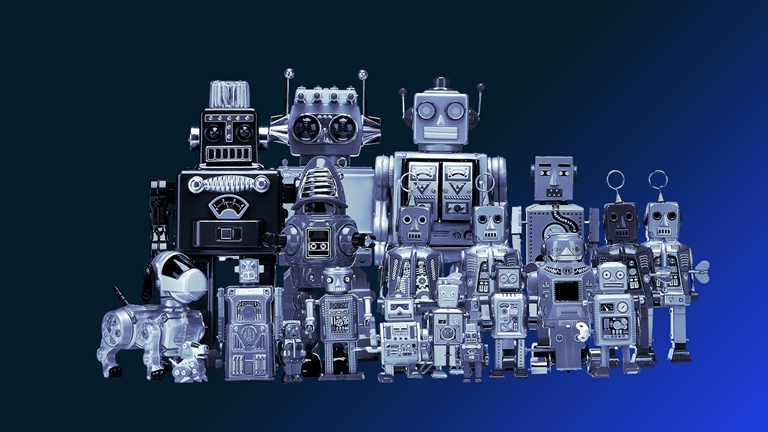
McKinsey Themes
Browse our essential reading on the topics that matter.
Get up to speed
McKinsey on Books
Explore this month’s best-selling business books prepared exclusively for McKinsey Publishing by Circana.
See the lists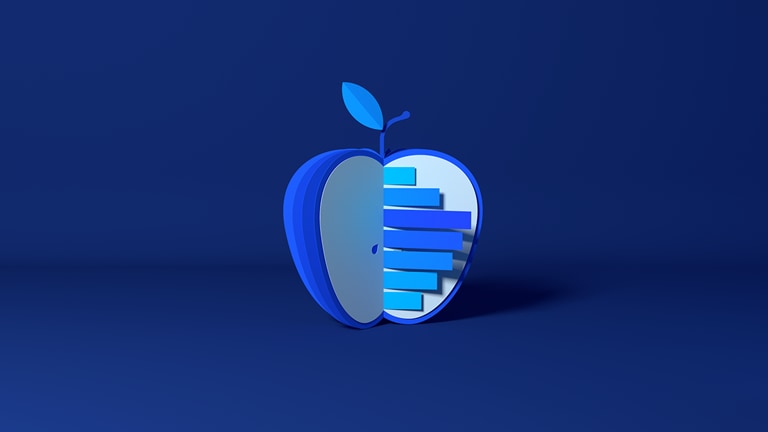
McKinsey Chart of the Day
See our daily chart that helps explain a changing world—as we strive for sustainable, inclusive growth.
Dive in
McKinsey Classics
Is artificial intelligence prone to bias as the real thing it emulates? Read our 2017 classic “Controlling machine-learning algorithms and their biases” to learn more.
Rewind
Leading Off
Our Leading Off newsletter features revealing research and inspiring interviews to empower you—and those you lead.
Subscribe now— Edited by Joyce Yoo, editor, New York
COMPARTA ESTAS IDEAS
¿Disfrutó este boletín? Reenvíelo a colegas y amigos para que ellos también puedan suscribirse. ¿Se le remitió este articulo? Regístrese y pruebe nuestras más de 40 suscripciones gratuitas por correo electrónico aquí.
Este correo electrónico contiene información sobre la investigación , los conocimientos, los servicios o los eventos de McKinsey. Al abrir nuestros correos electrónicos o hacer clic en los enlaces, acepta nuestro uso de cookies y tecnología de seguimiento web. Para obtener más información sobre cómo usamos y protegemos su información, consulte nuestra política de privacidad.
Recibió este correo electrónico porque es un miembro registrado de nuestro boletín informativo Destacados.
Copyright © 2023 | McKinsey & Company, 3 World Trade Center, 175 Greenwich Street, New York, NY 10007
by "Destacados de McKinsey" <publishing@email.mckinsey.com> - 07:14 - 11 Nov 2023 -
How to develop geopolitical resilience
Be prepared New from McKinsey & Company

How to develop geopolitical resilience
Be prepared Prefer audio? Listen to the podcast, and explore past episodes of the Inside the Strategy Room podcast. Subscribe via Apple Podcasts, Google Podcasts, and Spotify.


This email contains information about McKinsey's research, insights, services, or events. By opening our emails or clicking on links, you agree to our use of cookies and web tracking technology. For more information on how we use and protect your information, please review our privacy policy.
You received this email because you subscribed to our McKinsey Global Institute alert list.
Copyright © 2023 | McKinsey & Company, 3 World Trade Center, 175 Greenwich Street, New York, NY 10007
by "McKinsey & Company" <publishing@email.mckinsey.com> - 02:51 - 10 Nov 2023 -
API Trends, Insights, Webinars, and More!
SmartBear
See our latest product updates and learn about what’s coming nextHi Abul,
We're back with our monthly API newsletter.
Let's dive into this month's API trends, insights, webinars, and more! ☟
 ☕ Hot Off the PressSmartBear Named a Visionary by Gartner® in the 2023 Magic Quadrant™ for API Management
☕ Hot Off the PressSmartBear Named a Visionary by Gartner® in the 2023 Magic Quadrant™ for API Management
On November 8th, we explored the emerging trends in the API landscape, discussed Gartner's evaluation of our company in meeting those evolving needs, and provided an inside look into our plans for the upcoming year. ⚡ API Innovative Insights
⚡ API Innovative Insights Become an expert on the latest updates and trends
Become an expert on the latest updates and trends
 ✍ Want to Learn More?
✍ Want to Learn More?
Check out what else has been happening at SmartBear
BLOGSmartBear: A Visionary in the 2023 Gartner® Magic Quadrant™A Magic Quadrant is a tool that provides a graphical competitive positioning of technology providers to help you make smart investment decisions. The evaluation was based on specific criteria that analyzed the company’s overall completeness of vision and ability to execute. WEBINAROptimizing QA Approaches: A Comparative Study of Functional and Contract Testing in GraphQLWith the emergence of new protocols like GraphQL, QA teams will need to refine their testing strategies. Join us for this informative webinar where our experts will help you craft your own GraphQL testing strategy.
WEBINAROptimizing QA Approaches: A Comparative Study of Functional and Contract Testing in GraphQLWith the emergence of new protocols like GraphQL, QA teams will need to refine their testing strategies. Join us for this informative webinar where our experts will help you craft your own GraphQL testing strategy. BLOGHow to Explore Your Kafka Channels with SwaggerHub ExploreOur 2023 SOSQ API trends report revealed that APIs supporting Events is on the rise as we’re seeing an increase in support for Apache Kafka. In this blog, we dive deeper into the world of Apache Kafka and how to explore those channels.
BLOGHow to Explore Your Kafka Channels with SwaggerHub ExploreOur 2023 SOSQ API trends report revealed that APIs supporting Events is on the rise as we’re seeing an increase in support for Apache Kafka. In this blog, we dive deeper into the world of Apache Kafka and how to explore those channels. BLOGPactober Wrap-UpMissed Pactober? Our Open-Source community Managers summarize all the cool Pactober happenings in this recent blog
BLOGPactober Wrap-UpMissed Pactober? Our Open-Source community Managers summarize all the cool Pactober happenings in this recent blog
 Best,
Best,
SmartBear API Team
P.S. If you found this email helpful, forward it to a friend! If you have ideas of how we can improve next month’s newsletter, reply back to let us know.Have you tried our free API client, Explore? Sign up Today! This email was sent to info@learn.odoo.com by SmartBear Software, 450 Artisan Way, Somerville, MA. 02145, 617684.2600, www.smartbear.com. We hope you found this email of interest. However, we value your privacy. If you do not wish to receive future correspondence from us, please click here to manage email preferences.
This email was sent to info@learn.odoo.com by SmartBear Software, 450 Artisan Way, Somerville, MA. 02145, 617684.2600, www.smartbear.com. We hope you found this email of interest. However, we value your privacy. If you do not wish to receive future correspondence from us, please click here to manage email preferences.
by "SmartBear API Team" <api-lifecycle-team@smartbearmail.com> - 11:49 - 9 Nov 2023 -
Where will you travel next? The tourism industry can learn to cope with staff shortages.
On Point
Keeping up with consumers Brought to you by Liz Hilton Segel, chief client officer and managing partner, global industry practices, & Homayoun Hatami, managing partner, global client capabilities
•
Uncertain winter. The travel sector thrived during the bustling summer months. Airlines took in historically high profits, while European and US hotels saw the return of guests at levels that nearly matched prepandemic occupancy rates. Now, though, the sector is grappling with uncertainty over the coming winter. European executives are mostly optimistic; they expect continued spending on travel even in the face of high inflation. Some US companies, however, point to softening demand. One low-cost airline reported having to rely on “steep discounting.” [FT]
— Edited by Belinda Yu, editor, Atlanta
Introducing Insights to Impact
Be among the first to subscribe to this free newsletter delivering a weekly roundup of analysis that’s influencing decision makers. Each Friday, we’ll offer insights across geographies, industries, and capabilities to help leaders identify new opportunities to spur innovation and growth, sustainably.
Click to subscribeThis email contains information about McKinsey's research, insights, services, or events. By opening our emails or clicking on links, you agree to our use of cookies and web tracking technology. For more information on how we use and protect your information, please review our privacy policy.
You received this email because you subscribed to the On Point newsletter.
Copyright © 2023 | McKinsey & Company, 3 World Trade Center, 175 Greenwich Street, New York, NY 10007
by "McKinsey On Point" <publishing@email.mckinsey.com> - 11:07 - 9 Nov 2023 -
A Crash Course in Docker
A Crash Course in Docker
In the old days of software development, getting an application from code to production was slow and painful. Developers struggled with dependency hell as test and production environments differ in subtle ways, leading to code mysteriously working on one environment but not the other. Then along came Docker in 2013, originally created within dotCloud as an experiment with container technology to simplify deployment. Docker was open-sourced that March, and over the next 15 months it emerged as a leading container platform. Forwarded this email? Subscribe here for moreThis is a sneak peek of today’s paid newsletter for our premium subscribers. Get access to this issue and all future issues - by subscribing today.
Latest articles
If you’re not a subscriber, here’s what you missed this month.
The 6 Most Impactful Ways Redis is Used in Production Systems
The Tech Promotion Algorithm: A Structured Guide to Moving Up
To receive all the full articles and support ByteByteGo, consider subscribing:
In the old days of software development, getting an application from code to production was slow and painful. Developers struggled with dependency hell as test and production environments differ in subtle ways, leading to code mysteriously working on one environment but not the other. Then along came Docker in 2013, originally created within dotCloud as an experiment with container technology to simplify deployment. Docker was open-sourced that March, and over the next 15 months it emerged as a leading container platform.
In this newsletter, we’ll explore the history of container technology, the specific innovations that powered Docker's meteoric rise, and the Linux fundamentals enabling its magic. We’ll explain what Docker images are, how they differ from virtual machines, and whether you need Kubernetes to use Docker effectively. By the end, you’ll understand why Docker has become the standard for packaging and distributing applications in the cloud.
Tracing the Path from Bare Metal to Docker
In the past two decades, backend infrastructure evolved rapidly, as illustrated in the timeline below:
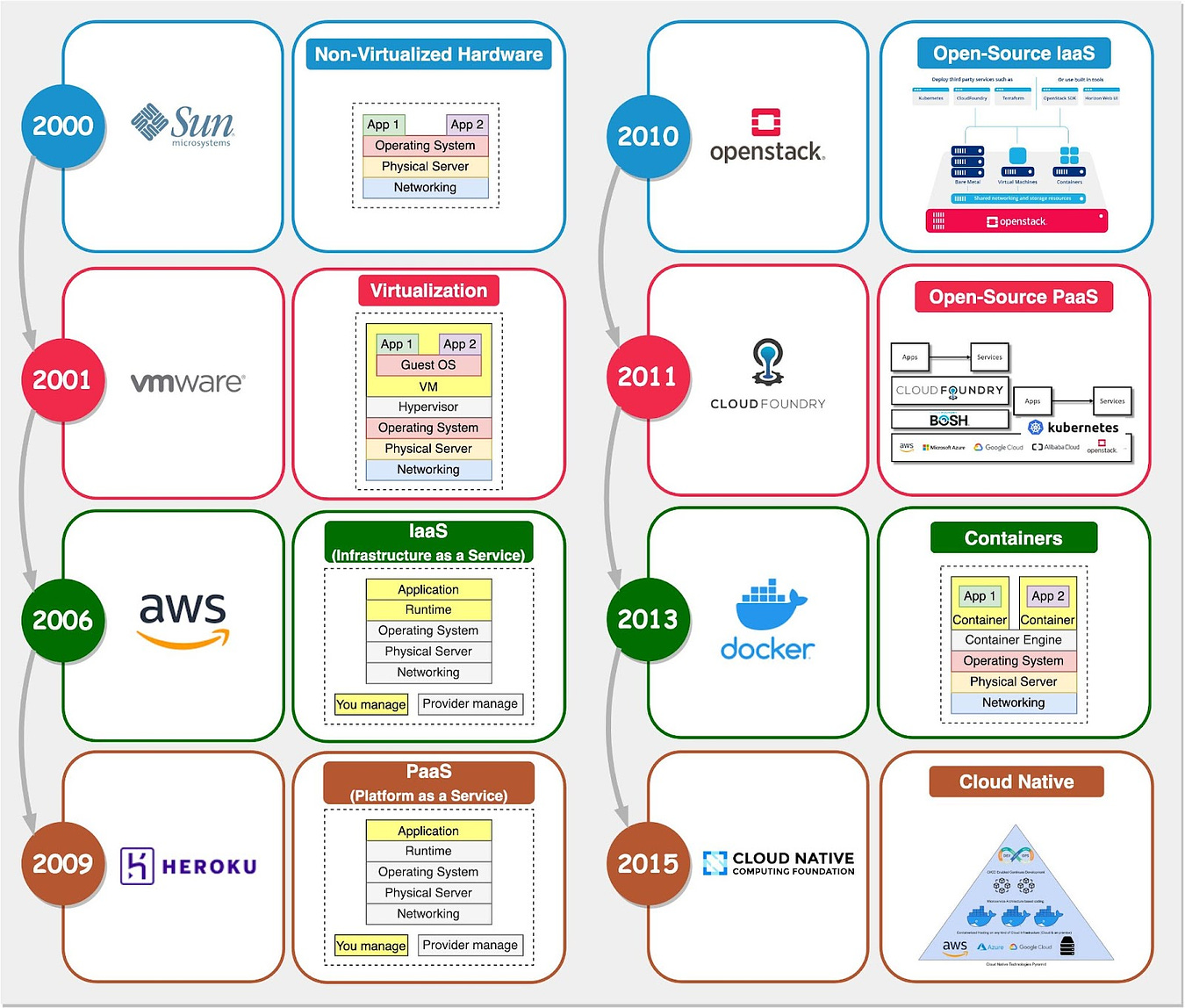
Reference: Openstack In the early days of computing, applications ran directly on physical servers (“bare metal”). Teams purchased, racked, stacked, powered on, and configured every new machine. This was very time-consuming just to get started.
Then came hardware virtualization. It allowed multiple virtual machines to run on a single powerful physical server. This enabled more efficient utilization of resources. But provisioning and managing VMs still required heavy lifting.
Next was infrastructure-as-a-service (IaaS) like Amazon EC2. IaaS removed the need to set up physical hardware and provided on-demand virtual resources. But developers still had to manually configure VMs with libraries, dependencies, etc.
Platform-as-a-service (PaaS) like Cloud Foundry and Heroku was the next big shift. PaaS provides a managed development platform to simplify deployment. But inconsistencies across environments led to “works on my machine” issues.
This brought us to Docker in 2013. Docker improved upon PaaS through two key innovations.
Lightweight Containerization
Container technology is often compared to virtual machines, but they use very different approaches.
A VM hypervisor emulates underlying server hardware such as CPU, memory, and disk, to allow multiple virtual machines to share the same physical resources. It installs guest operating systems on this virtualized hardware. Processes running on the guest OS can’t see the host hardware resources or other VMs.
In contrast, Docker containers share the host operating system kernel. The Docker engine does not virtualize OS resources. Instead, containers achieve isolation through Linux namespaces and control groups (cgroups).
Namespaces provide separation of processes, networking, mounts, and other resources. cgroups limit and meter usage of resources like CPU, memory, and disk I/O for containers. We’ll visit this in more depth later.
This makes containers more lightweight and portable than VMs. Multiple containers can share a host and its resources. They also start much faster since there is no bootup of a full VM OS.
Docker is not “lightweight virtualization” as some would describe it. It uses Linux primitives to isolate processes, not virtualize hardware like a hypervisor. This OS-level isolation is what enables lightweight Docker containers.
Application Packaging
Before Docker’s release in 2013, Cloud Foundry was a widely used open-source PaaS platform. Many companies adopted Cloud Foundry to build their own PaaS offerings.
Compared to IaaS, PaaS improves developer experience by handling deployment and application runtimes. Cloud Foundry provided these key advantages:
Avoiding vendor lock-in - applications built on it were portable across PaaS implementations.
Support for diverse infrastructure environments and scaling needs.
Comprehensive support for major languages like Java, Ruby, and Javascript, and databases like MySQL and PostgreSQL.
A set of packaging and distribution tools for deploying applications
Cloud Foundry relied on Linux containers under the hood to provide isolated application sandbox environments. However, this core container technology powering Cloud Foundry was not exposed as a user-facing feature or highlighted as a key architectural component.
The companies offering Cloud Foundry PaaS solutions overlooked the potential of unlocking containers as a developer tool. They failed to recognize how containers could be transformed from an internal isolation mechanism to an externalized packaging format.
Docker became popular by solving two key PaaS packaging problems with container images:
Bundling the app, configs, dependencies, and OS into a single deployable image
Keeping the local development environment consistent with the cloud runtime environment
The diagram below shows a comparison.
This elegantly addressed dependency and compatibility issues that plagued PaaS. But Cloud Foundry did not adapt to support Docker images fast enough. This allowed Docker images to proliferate in the cloud computing environment.
From Docker to Kubernetes
Docker won early popularity because it innovated in application packaging and deployment. Its initial success was largely due to this novel method of isolating applications in lightweight containers.
As Docker's popularity grew, the company sought to expand its offerings beyond containerization. It ventured to expand into a full PaaS platform. This led to the development of Docker Swarm for cluster management and the acquisition of Fig (later Docker Compose) to enhance orchestration capabilities.
Docker’s aspirations caught the attention of some tech giants. Companies like Google, RedHat, and other PaaS companies wanted in on this hot new technology.
Let’s see what happened between 2013 and 2018 with the diagram below:
Keep reading with a 7-day free trial
Subscribe to
ByteByteGo Newsletterto keep reading this post and get 7 days of free access to the full post archives.A subscription gets you:
An extra deep dive on Thursdays Full archive Many expense it with team's learning budget Like
Comment
Restack
© 2023 ByteByteGo
548 Market Street PMB 72296, San Francisco, CA 94104
Unsubscribe
by "ByteByteGo" <bytebytego@substack.com> - 11:36 - 9 Nov 2023 -
[Online Workshop] Dashboard Techniques to Visualise System and Business Performance
New Relic

Register for this free online workshop on 23rd November at 10 AM GMT/ 11 AM CET to learn about dashboard design strategies, accessing best in class templates, and get hands-on creating powerful charts and writing NRQL queries for visualizing trends, and correlating different data sets.
In this hands-on workshop, you’ll get to elevate your dashboard skills to help visualize systems, business performance, and make data driven decisions.
Prerequisites: There are no prerequisites but we recommend basic familiarity with the New Relic Query Language NRQL or have taken the Practitioner Learning Path on learn.newrelic.com to get most value from this workshop.Register now Need help? Let's get in touch.



This email is sent from an account used for sending messages only. Please do not reply to this email to contact us—we will not get your response.
This email was sent to info@learn.odoo.com Update your email preferences.
For information about our privacy practices, see our Privacy Policy.
Need to contact New Relic? You can chat or call us at +44 20 3859 9190.
Strand Bridge House, 138-142 Strand, London WC2R 1HH
© 2023 New Relic, Inc. All rights reserved. New Relic logo are trademarks of New Relic, Inc
Global unsubscribe page.
by "New Relic" <emeamarketing@newrelic.com> - 05:36 - 9 Nov 2023 -
Gen AI is already starting to transform banking. How can leaders take full advantage?
On Point
Elements for success with gen AI Brought to you by Liz Hilton Segel, chief client officer and managing partner, global industry practices, & Homayoun Hatami, managing partner, global client capabilities
•
Central banks explore AI. Central banks around the world, including in Europe and the UK, are considering new uses for AI, such as evaluating media content and generating economic forecasts. A European banking executive in September said that large language models could be employed to assess banking documents, provide policy briefings, and improve public statements by putting them into plain language. Those applications are “only the tip of the iceberg,” of what’s possible, the banking leader shared. [NYT]
•
Growth and productivity booster. Corporate and investment banks first adopted AI and machine learning decades ago. Now, with gen AI bursting onto the scene, the technology has huge potential in banking, McKinsey senior partner Jared Moon and coauthors say. For instance, banks can improve their competitiveness in client servicing by using gen AI to create documents that are currently produced by hand. All told, productivity and other benefits could add 9 to 15% to corporate and investment banking operating profits, the McKinsey Global Institute finds.
— Edited by Belinda Yu, editor, Atlanta
Introducing Insights to Impact
Be among the first to subscribe to this free newsletter delivering a weekly roundup of analysis that’s influencing decision makers. Each Friday, we’ll offer insights across geographies, industries, and capabilities to help leaders identify new opportunities to spur innovation and growth, sustainably.
Click to subscribeThis email contains information about McKinsey's research, insights, services, or events. By opening our emails or clicking on links, you agree to our use of cookies and web tracking technology. For more information on how we use and protect your information, please review our privacy policy.
You received this email because you subscribed to the On Point newsletter.
Copyright © 2023 | McKinsey & Company, 3 World Trade Center, 175 Greenwich Street, New York, NY 10007
by "McKinsey On Point" <publishing@email.mckinsey.com> - 01:49 - 9 Nov 2023 -
Save time and cut costs with Adobe Acrobat.
Adobe
Discover how you can boost your ROI.
Everyday processes, enhanced.
Based on a recent study conducted by Pfeiffer Consulting, read this report to discover how you can boost your ROI on Adobe Acrobat.
Powerful digital document processes are finally within reach.
Maximize the investment you’ve made into transforming your workflows by understanding exactly how you can harness Adobe Acrobat in your organisation.
In this report, you’ll learn what it takes to:- Give your team the right tools to do their best work.
- Transform routine tasks to accelerate workflows.
- Save time, cut costs and boost productivity across your entire organisation with Adobe Acrobat.
- Make the most of Acrobat’s built-in security and compliance features.
Acrobat's got it.Adobe and the Adobe logo are either registered trademarks or trademarks of Adobe in the United States and/or other countries. This is not a comprehensive list of all Adobe trademarks. For a full list, refer to the Adobe List of Trademarks. All other trademarks are the property of their respective owners.
By clicking on some of the links in this email, you might be redirected to forms that will be pre-populated with your contact information.
This is a marketing email from Adobe Systems Software Ireland Limited, 4‑6 Riverwalk, Citywest Business Park, Dublin 24, Ireland.
Click here to unsubscribe or send an unsubscribe request to the postal address above. Please review the Adobe Privacy Policy:
Australia
New Zealand
Indonesia
Malaysia
Philippines
Vietnam
Singapore
India
Hong Kong
To ensure email delivery, add demand@info.adobe.com to your address book, contacts, or safe sender list.
If you have a privacy-related complaint, send it to: privacy@adobe.com
View in browser
by "Adobe Document Cloud" <demand@info.adobe.com> - 09:36 - 8 Nov 2023
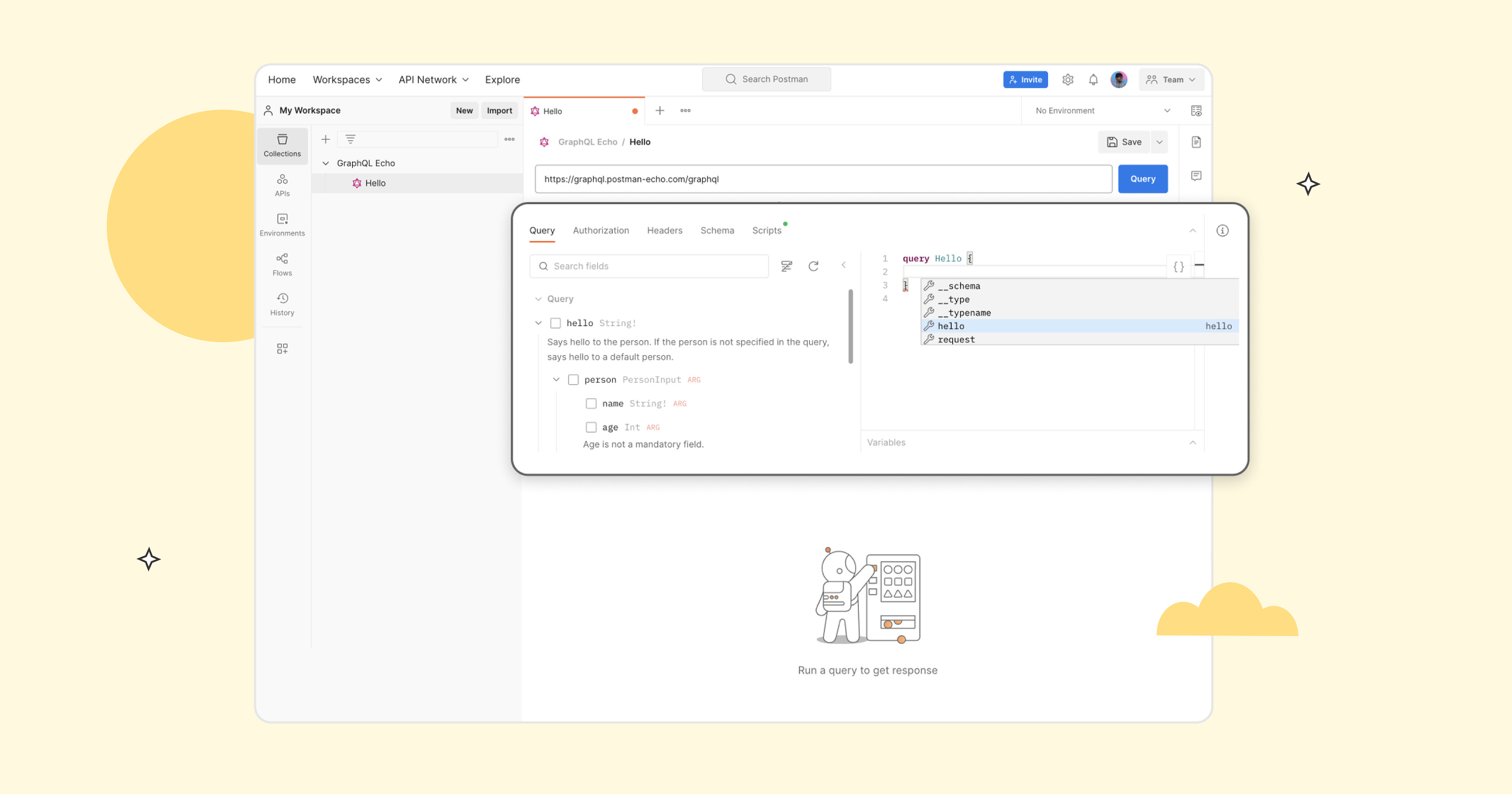
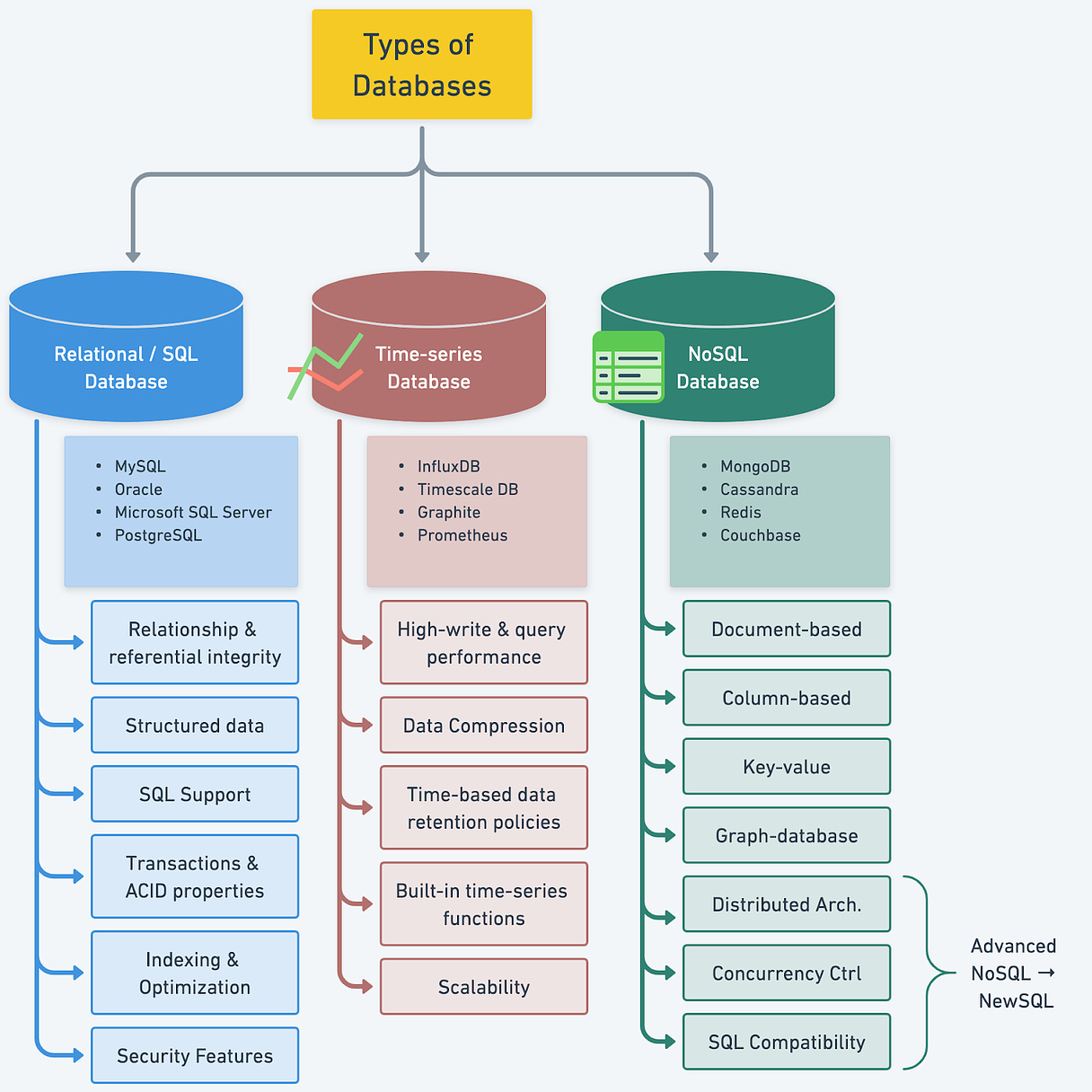






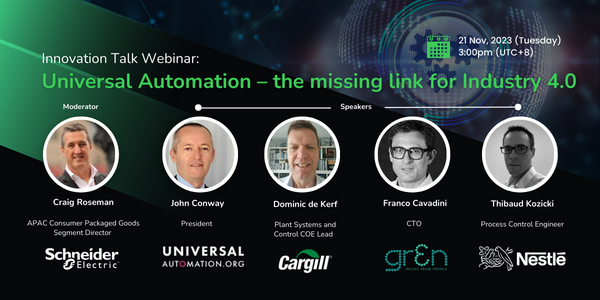
.png)
![[Digital event] Game-Changing Adobe MAX Announcements — 29 Nov](https://engage.adobe.com/rs/360-KCI-804/images/20231019e.en_DK_23ADBE-CC-MAX_Email_Hero_1200x800_UE.png)


.png?width=1200&upscale=true&name=Group%201%20(6).png)






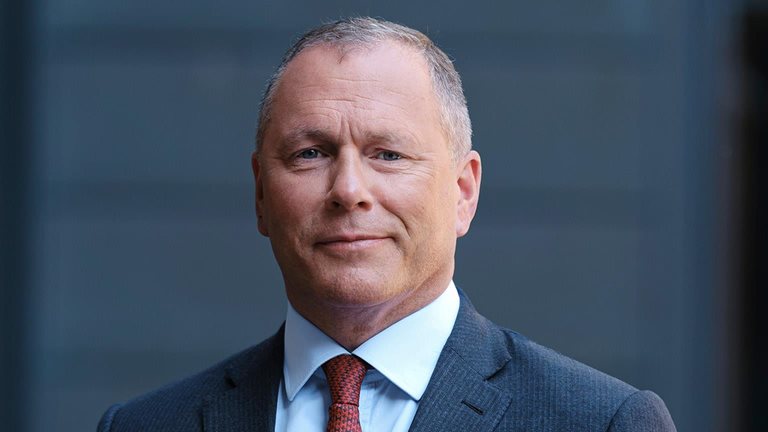









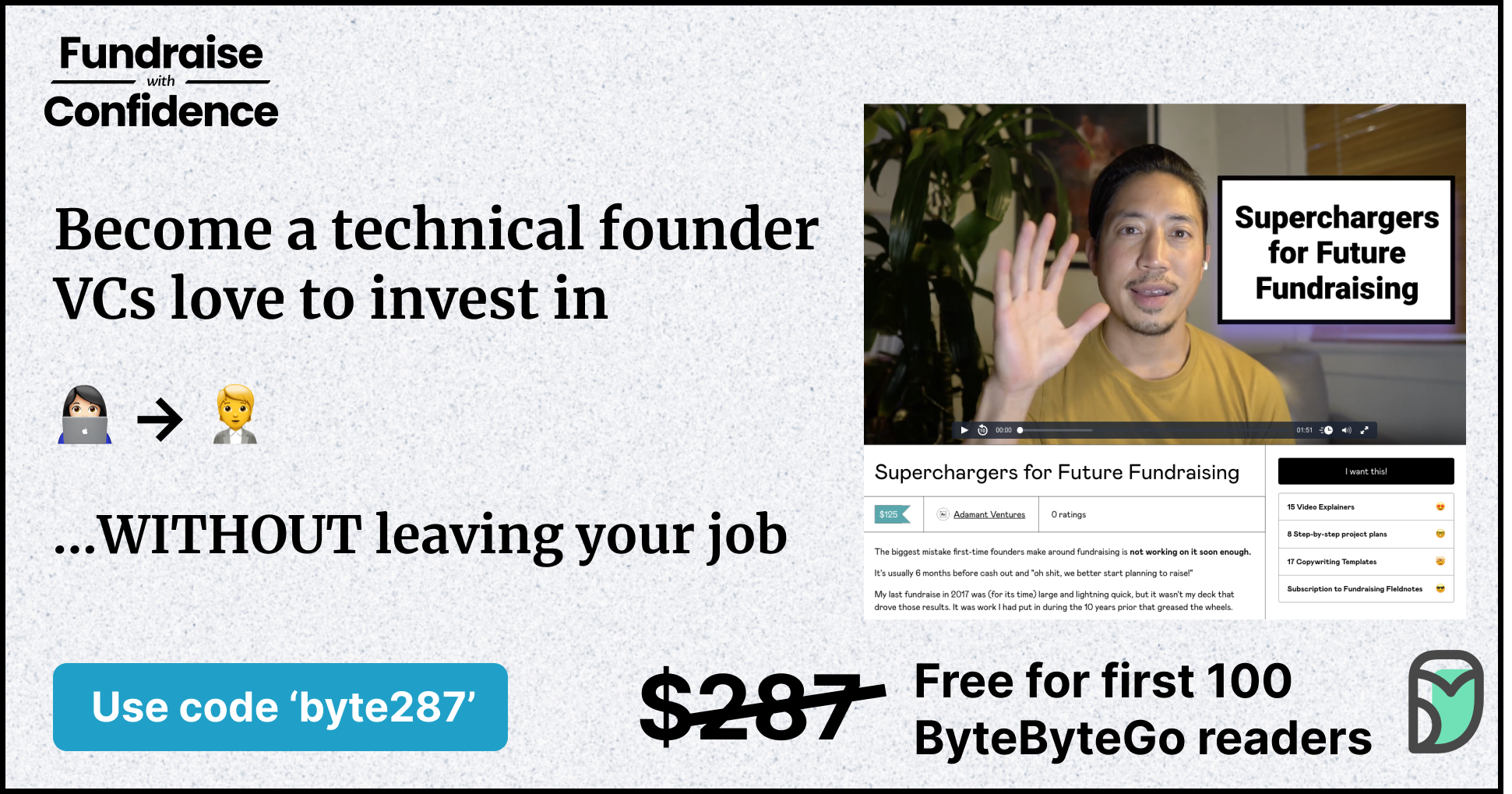
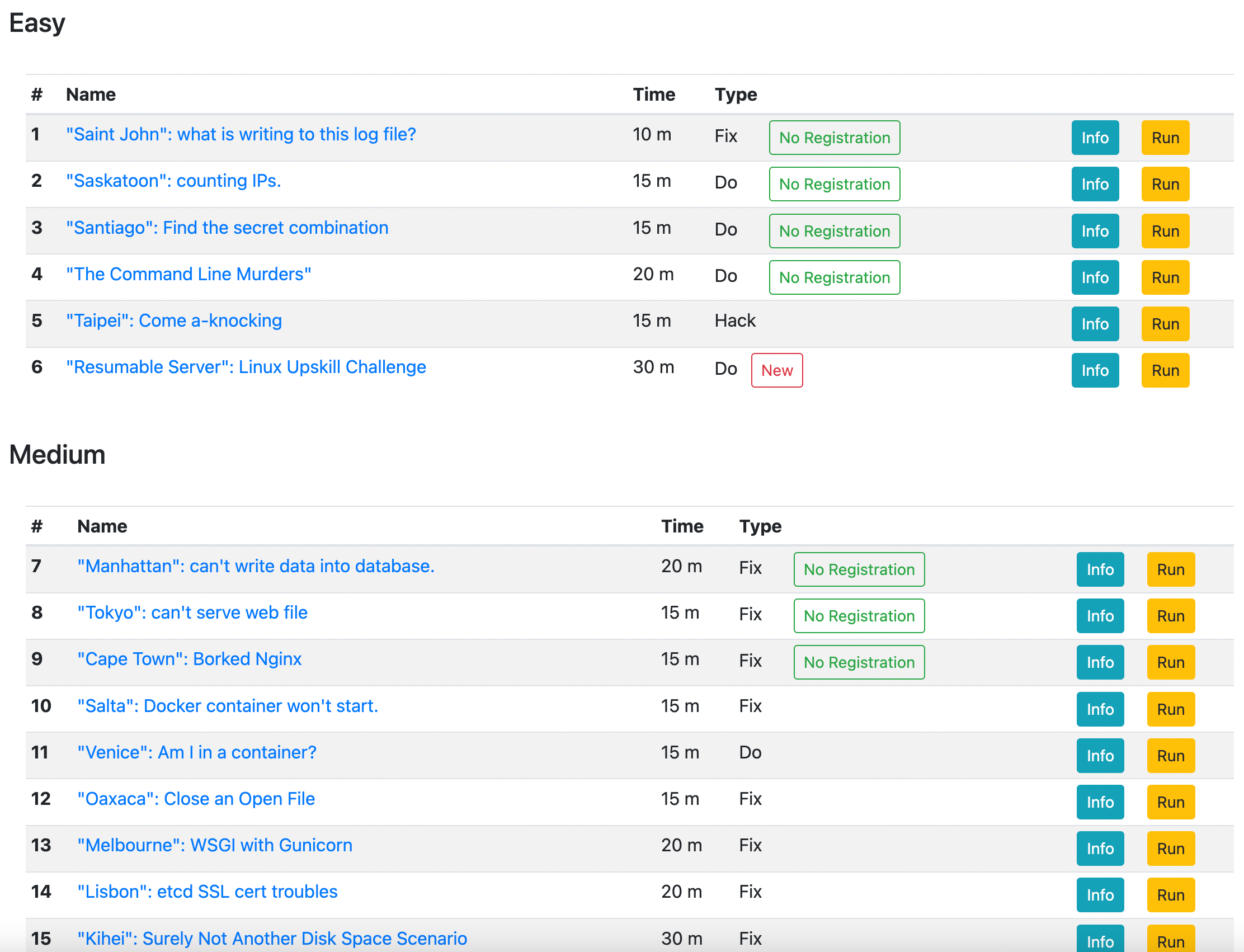
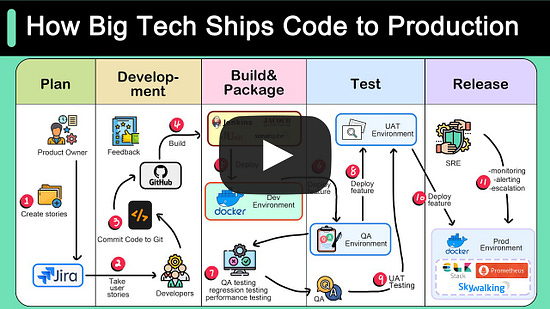
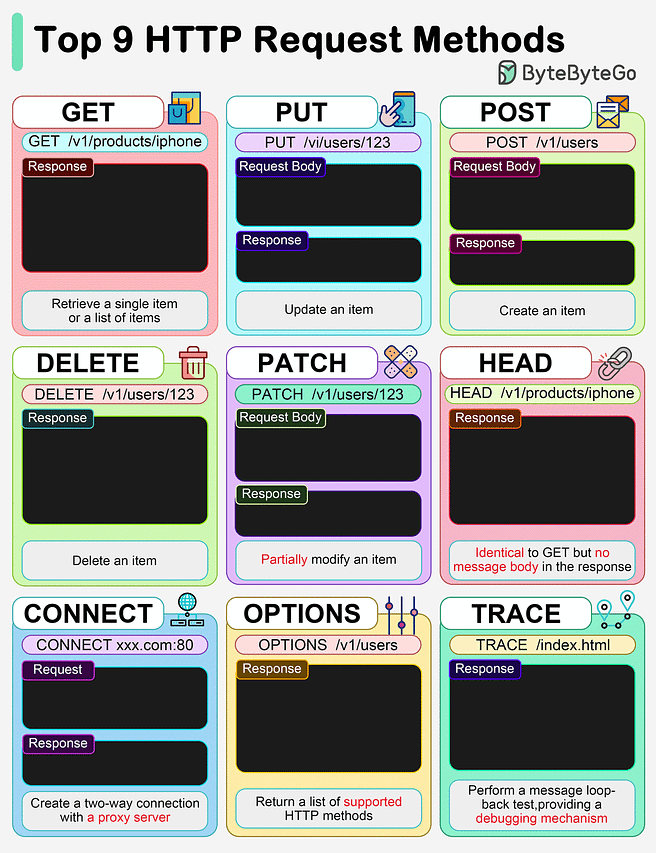
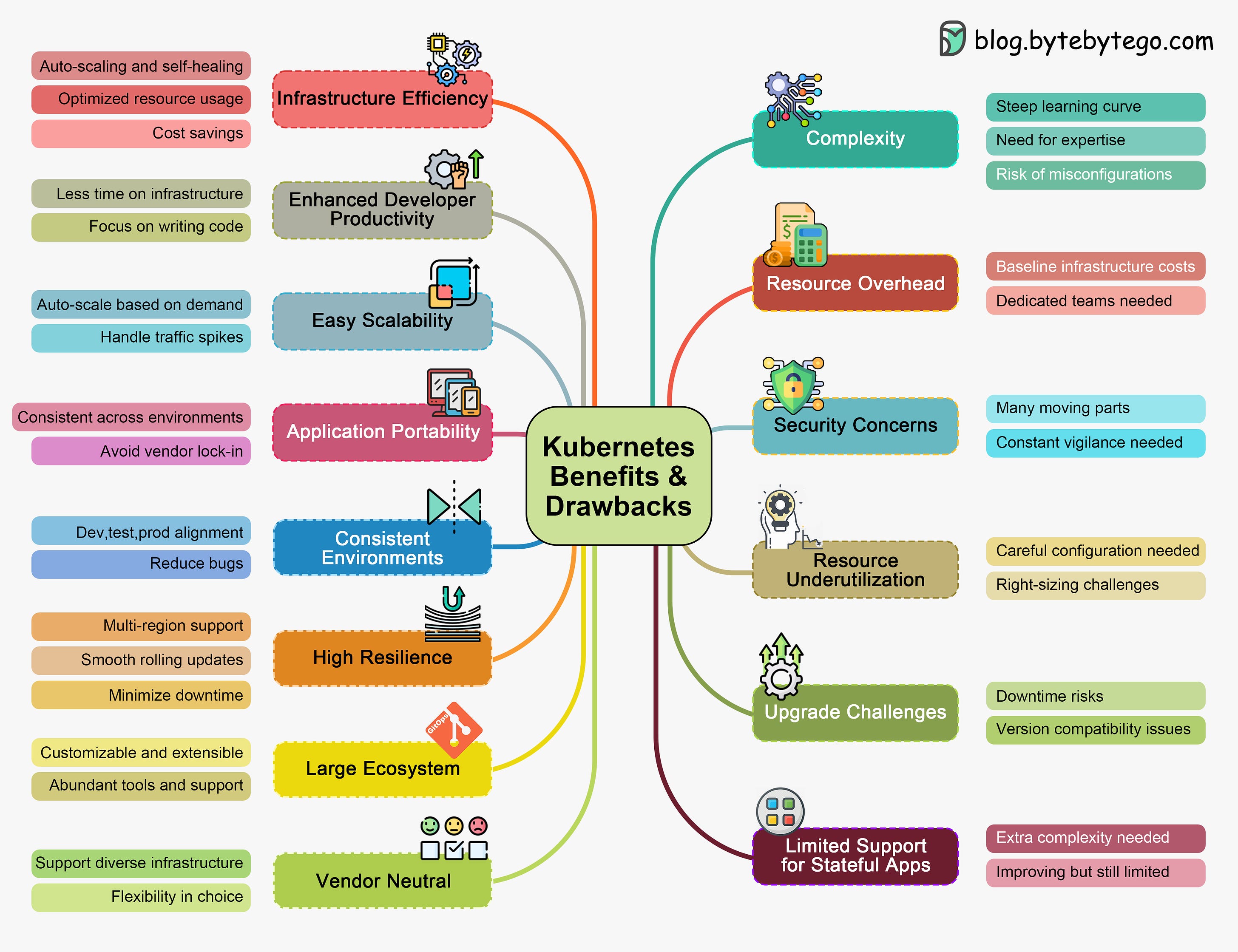
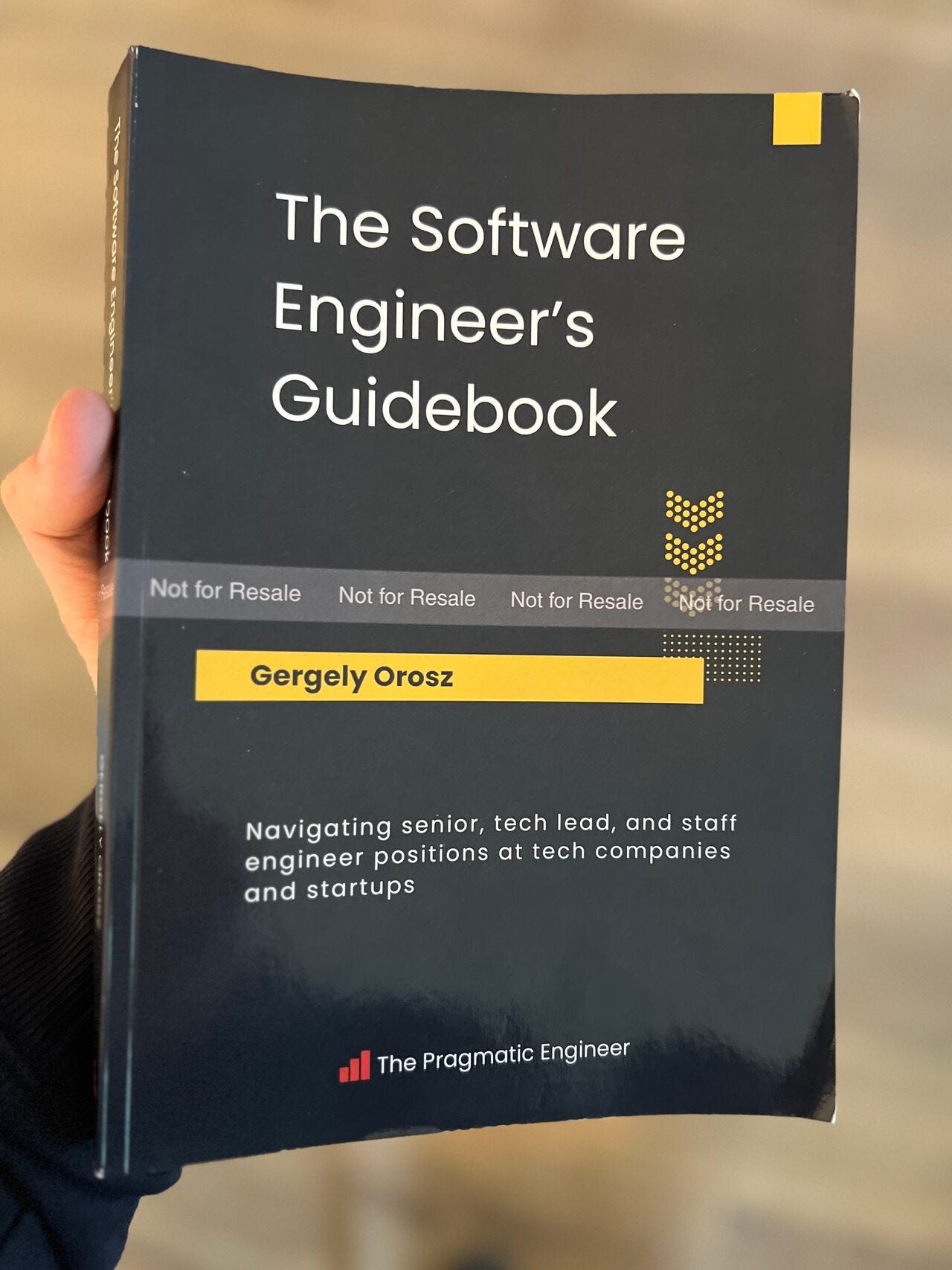
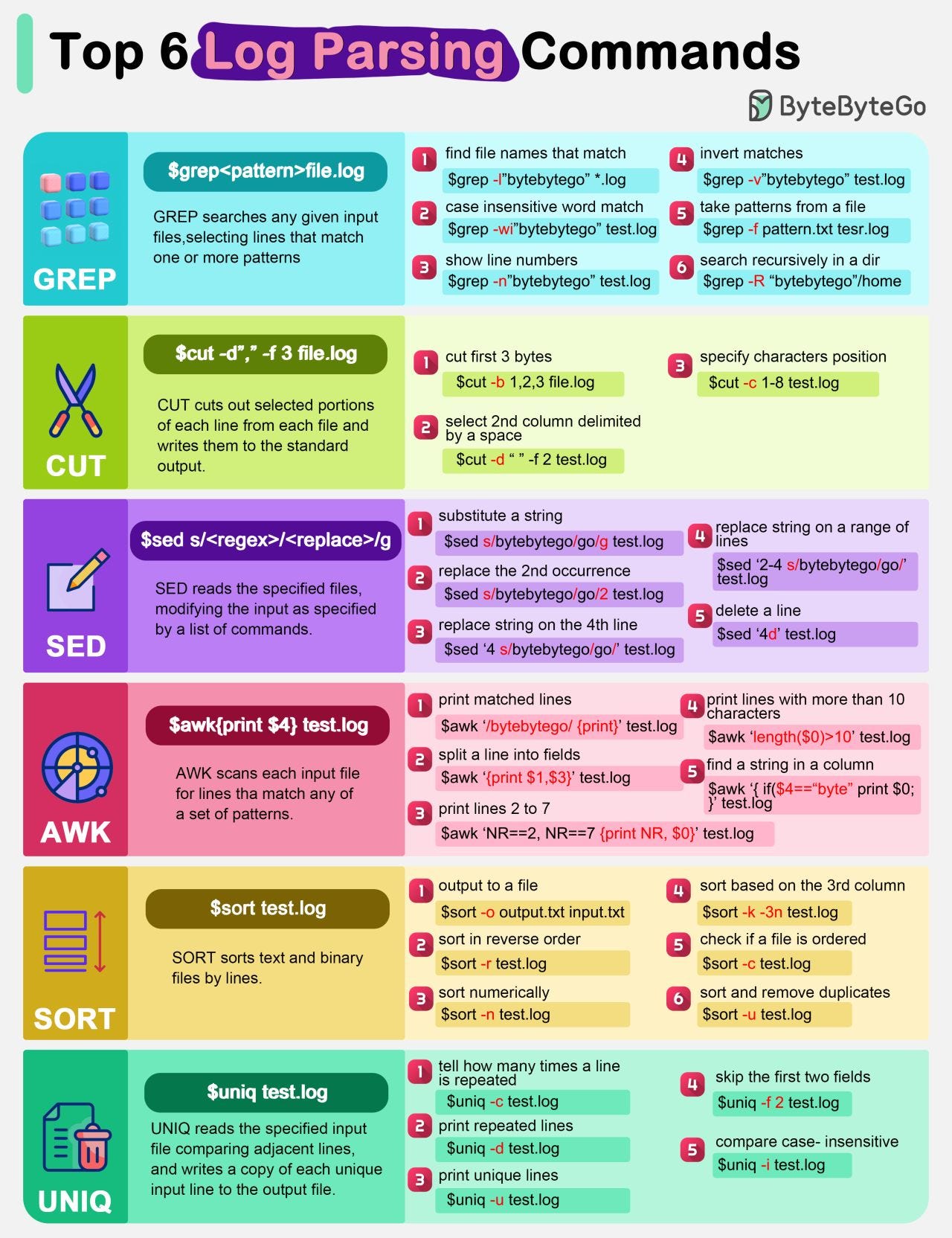
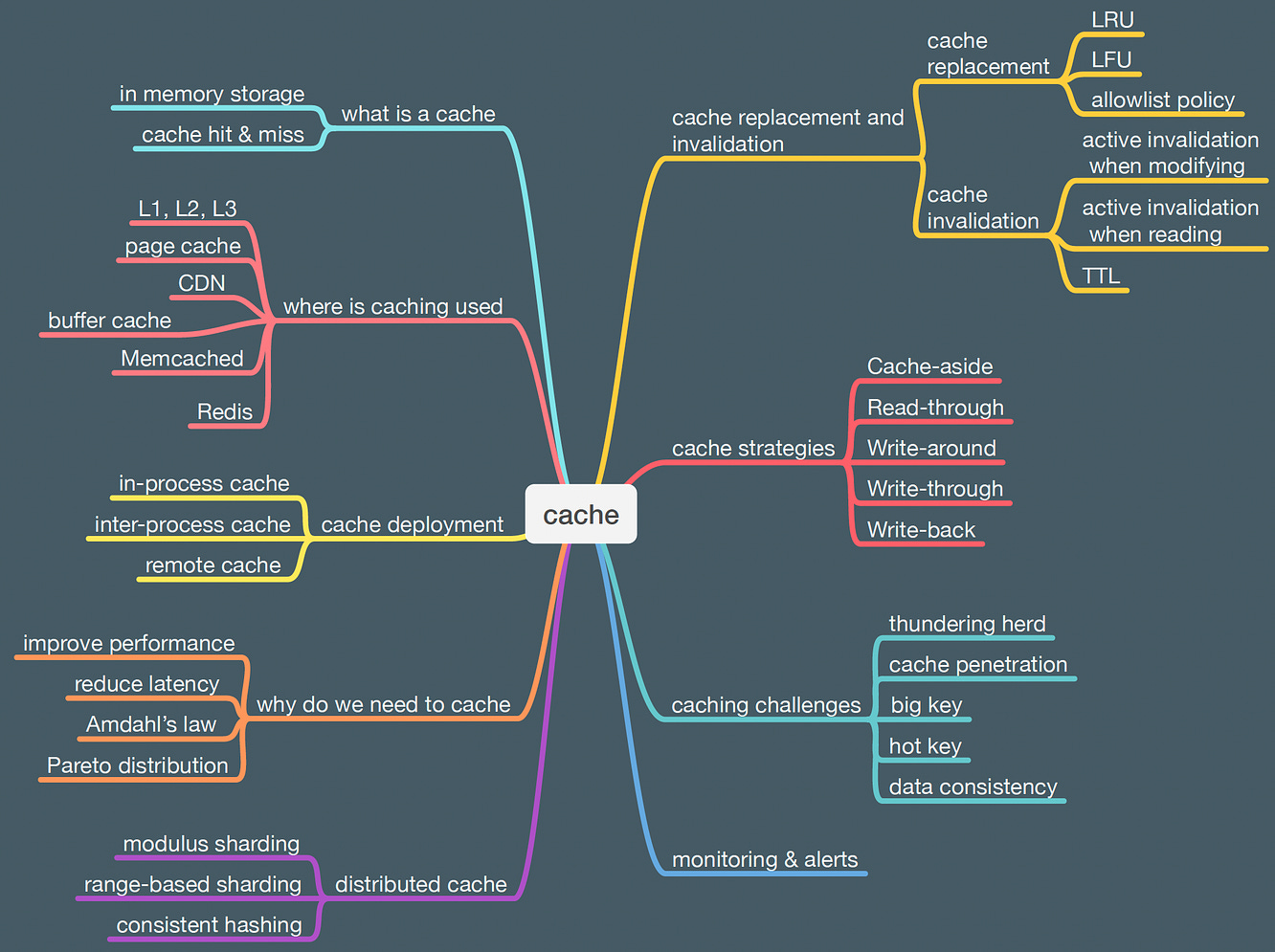


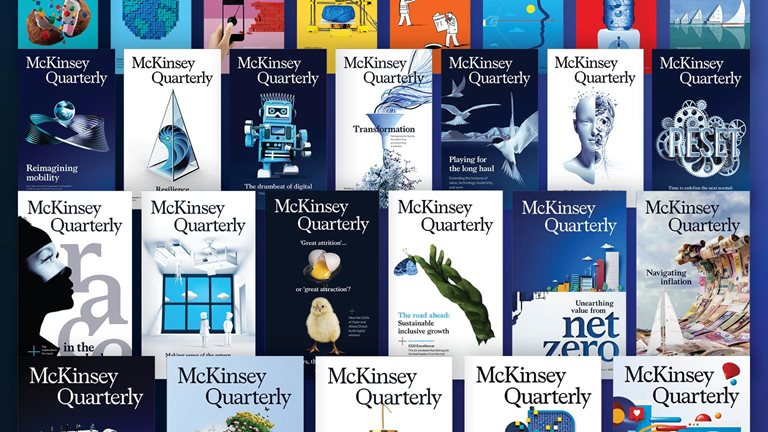

.jpg)





